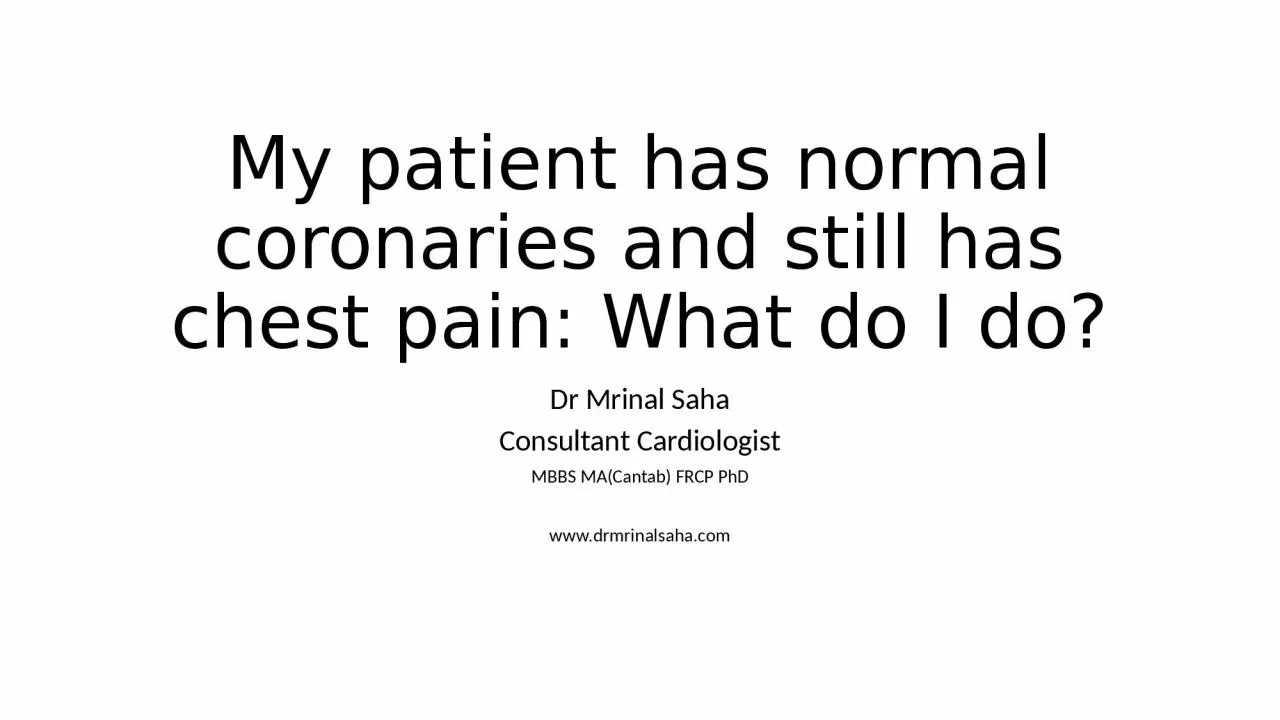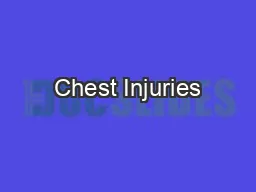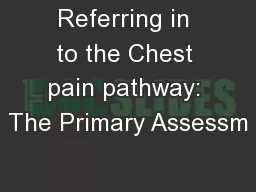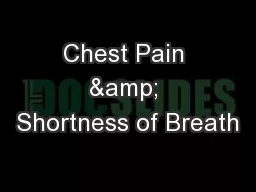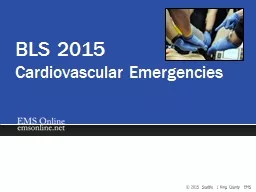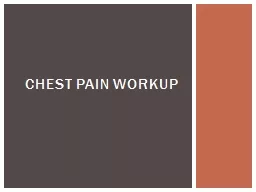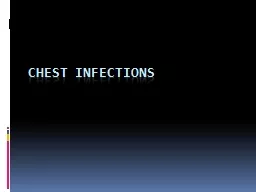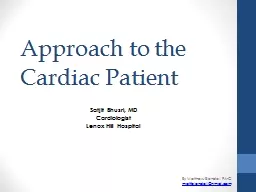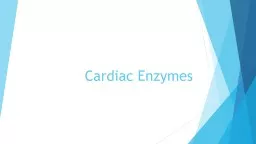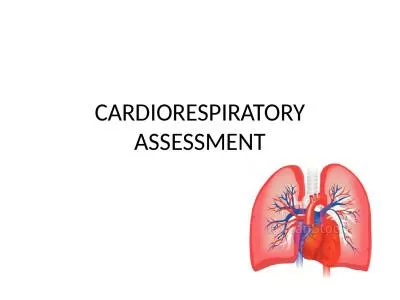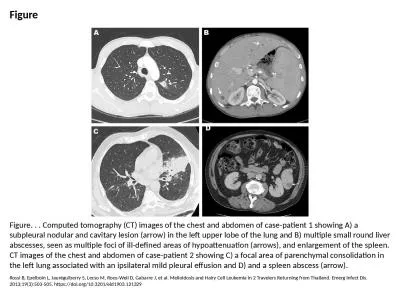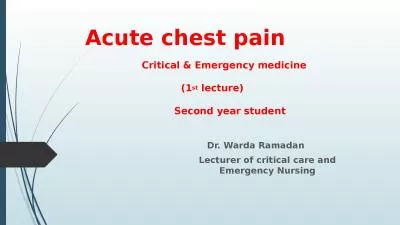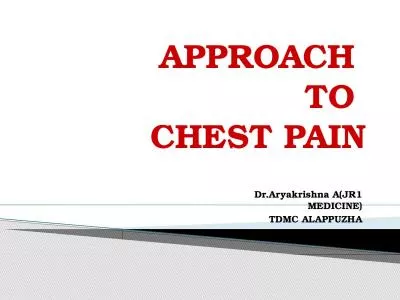PPT-My patient has normal coronaries and still has chest pain: What do I do?
Author : sophia | Published Date : 2023-12-30
Dr Mrinal Saha Consultant Cardiologist MBBS MA Cantab FRCP PhD wwwdrmrinalsahacom Consultant Cardiologist since 2010 at GHNHSFT Coronary intervention 16 PPCI rota
Presentation Embed Code
Download Presentation
Download Presentation The PPT/PDF document "My patient has normal coronaries and sti..." is the property of its rightful owner. Permission is granted to download and print the materials on this website for personal, non-commercial use only, and to display it on your personal computer provided you do not modify the materials and that you retain all copyright notices contained in the materials. By downloading content from our website, you accept the terms of this agreement.
My patient has normal coronaries and still has chest pain: What do I do?: Transcript
Download Rules Of Document
"My patient has normal coronaries and still has chest pain: What do I do?"The content belongs to its owner. You may download and print it for personal use, without modification, and keep all copyright notices. By downloading, you agree to these terms.
Related Documents

